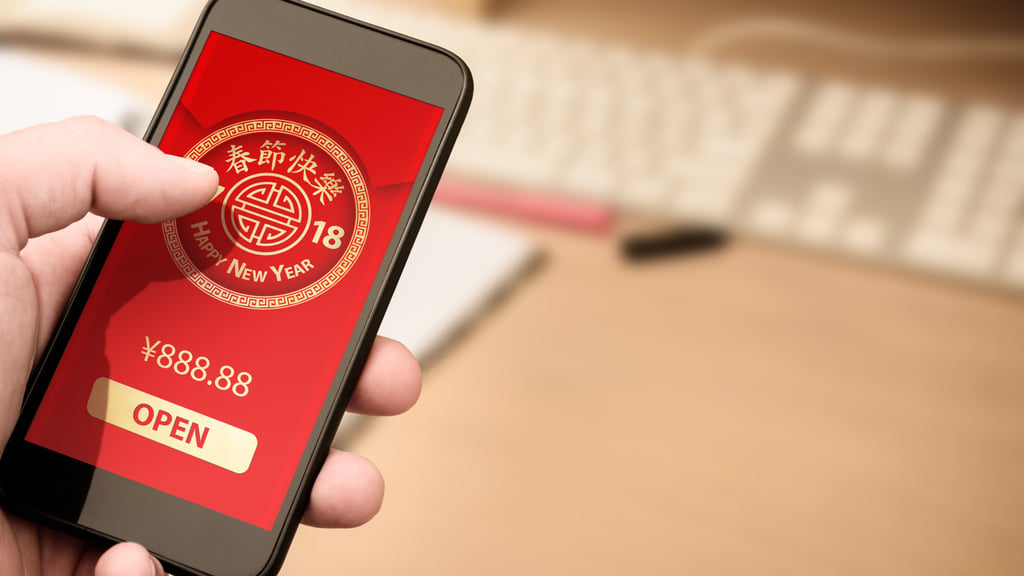Why Chinese give red packets at Lunar New Year and the rise of digital versions
Called lai see in Cantonese and hong bao in Mandarin, red packets wish good luck and prosperity, but are electronic versions taking over?

It is a long-standing Chinese tradition during the Lunar New Year to give out red packets, also known as lai see in Cantonese and hong bao in Mandarin.
The red colour of the packets symbolises good luck and prosperity and the amount of money inside usually ends in an even number, which is considered more auspicious.
Red packets are not just given out during Lunar New Year but also on other special occasions such as weddings and birthdays.

As early as China’s Han dynasty (206BC-AD220), red packets were used to ward off evil spirits. As time progressed, adults used them to offer good wishes to their children and other young people.